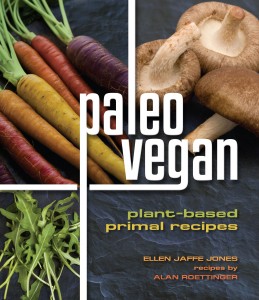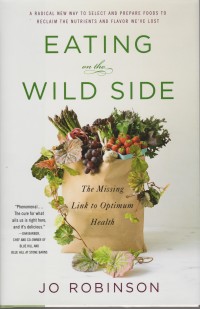 |
| Late afternoon, savoring the space between snowstorms with a cuppa chocolatl. |
Long before the Spaniards arrived to ravage, rob and conquer what is now Mexico, the Mexica people (later known as Aztecs) enjoyed a hot drink called chocolatl, spiked with ground hot chiles. Today, the vast plunder taken back to Europe–gold, silver, precious stones, opulent feather and fabric treasures–has all but disappeared. A fraction of the purloined goods is left, mostly behind glass in museums and private collections. Precious little remains of the flourishing Mesoamerican cultures of the 15th century–at least in unadulterated form. European churches, many of them built atop the rubble of destroyed temples, now dominate the landscape, and even what remains of the native cuisine is slowly being polluted by the influence of large fast food chains and packaged convenience foods. But chocolate–the Food of the Gods–remains, vibrant and magical as ever, shining through all the subsequent mucking about by cultures and cuisines across the globe.
The Aztecs had never seen cattle (let alone milk) until the Spanish came, so their hot chocolate was naturally 100% vegan. This was a drink suitable for warriors.Today, of course, most hot chocolate is made with milk, sometimes with cream on top, and way too sweet, in classic American fashion. Modern Mexican chocolate very often includes cinnamon, which is not native to the Americas. Most recently, the ancient Mesoamerican practice of using chocolate in savory dishes (and chile in chocolate dishes) has become fairly common in Western cuisine. Suffice it to say that the old human habit of trying to improve an already perfect thing has had its way with chocolate.
Agave nectar goes back to the time of the Toltecs, before “Aztec” was even a word–although what is now sold in health food stores bears no resemblance to the unfiltered, unpasteurized, thick brownish juice taken fresh from an agave plant. I had some of this (“agua miel”) as a kid, and it’s not something you could get most people to consider a replacement for white sugar. I put agave nectar in my recipe for “Aztec Hot Chocolate” in Speed Vegan, because at the time I hadn’t come across the controversy stemming from processed agave nectar’s high fructose content. Now I’m in the middle of rethinking my stand on agave. Low glycemic index (good) on the one hand, a reported 77% fructose content (not so good, maybe even bad) on the other. All I can say is read up on it and decide for yourself. Bottom line: chocolate is good for you; sugar in any form is best taken in very small quantities if at all.





